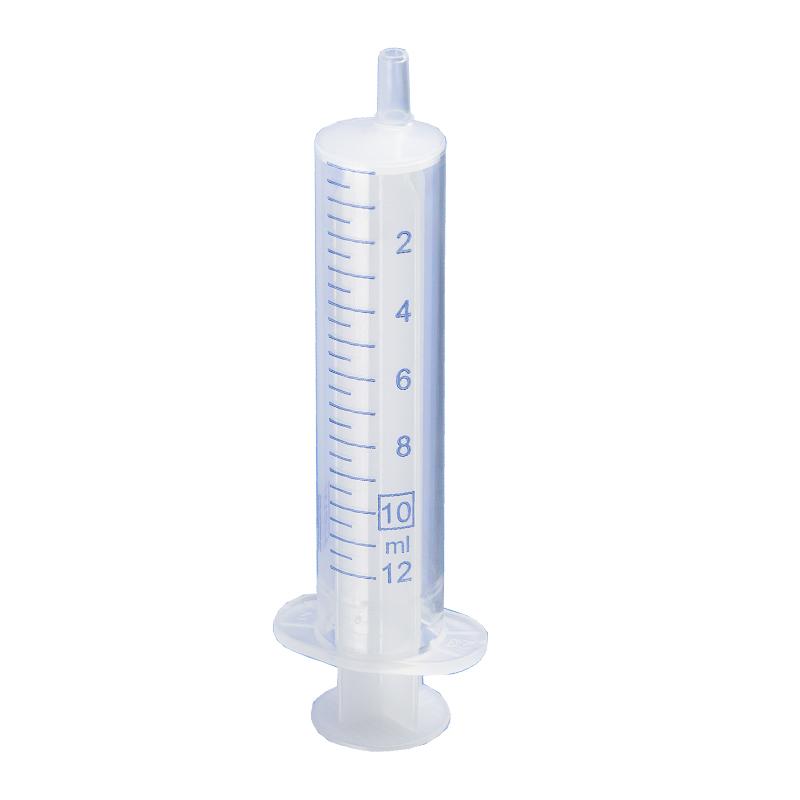Single-Use Syringe Market Adoption Increases Due to Hospital Safety and Sterility Protocols

Healthcare systems around the globe are reinforcing their infection control measures and sterility standards, driving increased adoption of single-use injection tools. At the center of this shift is the Single-Use Syringe Market, which continues to gain traction due to its alignment with hospital safety goals. With a heightened focus on preventing healthcare-associated infections (HAIs), clinical institutions are prioritizing disposable syringes as a foundational component of sterile treatment protocols.
Infection Control Becomes a Top Priority
Hospital-acquired infections remain a major challenge, especially in high-risk environments such as intensive care units, emergency departments, and surgical wards. Improperly sterilized reusable devices are often implicated in cross-contamination events, leading to extended hospital stays, antibiotic resistance, and avoidable mortality. To counter these risks, healthcare facilities are integrating stringent safety policies, which strongly favor the use of single-use syringes.
These disposable devices are now regarded as standard safety equipment—eliminating the possibility of reuse, ensuring dose accuracy, and protecting patients and staff from bloodborne pathogens such as HIV and hepatitis. The shift has become especially pronounced in government hospitals and accredited private facilities where compliance with strict infection control policies is mandatory.
Role of Accreditation and Safety Certifications
Accrediting organizations have played a critical role in reinforcing safety-first practices. Bodies like the Joint Commission International (JCI), National Accreditation Board for Hospitals (NABH), and the Centers for Medicare & Medicaid Services (CMS) require institutions to demonstrate compliance with globally recognized infection control protocols.
As a result, many healthcare providers have transitioned away from sterilization-dependent reusable instruments toward high-quality, single-use alternatives. Single-use syringes meet multiple accreditation criteria, including sterility assurance, traceability, and staff safety, making them a logical choice for modern hospital procurement teams.
Standardization of Protocols Across Departments
Another important development is the growing standardization of medical protocols across all hospital departments. Whether it’s in neonatal ICUs, general wards, outpatient centers, or emergency rooms, the preference for disposable syringes is consistent. This not only enhances patient safety but also simplifies supply chain operations and staff training.
Many hospitals have introduced centralized sterile product management systems that only approve certified single-use medical devices. Under these frameworks, procurement departments are guided to purchase syringes that meet global quality standards, including CE marking and ISO certification.
Impact of Multidrug-Resistant Infections
The threat of multidrug-resistant (MDR) infections further underlines the importance of safe injection practices. Hospitals dealing with superbug outbreaks such as MRSA or CRE must maintain the highest levels of hygiene to protect vulnerable patients. In such settings, single-use syringes are not just preferred—they are essential.
Infection prevention committees within hospitals are now empowered to oversee the implementation of safer practices, including mandating disposable injection tools during intravenous drug administration, vaccinations, and even minor surgical procedures. The goal is clear: reduce the risk of contamination at every stage of patient care.
Training and Compliance Monitoring
Adopting single-use syringes is not just a purchasing decision—it also involves comprehensive staff training and compliance monitoring. Hospitals are investing in digital tracking systems and barcoded supplies to ensure correct usage and minimize human error. Syringes with safety-engineered features such as retractable needles and tamper-evident caps are increasingly being integrated into standard kits used by nursing staff.
Moreover, infection control audits now include syringe usage reviews, and hospitals that demonstrate consistent compliance are more likely to receive favorable ratings and insurance reimbursements. This feedback loop further motivates widespread adoption and creates a culture of accountability.
Influence on Hospital Budgets and Procurement Behavior
Initially, there was industry concern that the recurring cost of disposables could place pressure on hospital budgets. However, data now shows that the long-term financial benefits outweigh the costs. The prevention of even a single severe infection can offset the cost of thousands of single-use syringes. Hospitals are also capitalizing on bulk procurement contracts, public tenders, and vendor-managed inventory systems to reduce unit pricing and streamline delivery schedules.
This pragmatic shift in procurement behavior is helping institutions avoid costly litigation, improve clinical outcomes, and meet mandatory safety benchmarks with greater confidence.
Manufacturer Collaboration and Custom Solutions
To meet the specific requirements of different hospital departments, manufacturers are collaborating directly with healthcare providers. Custom-designed syringes—for oncology, pediatric, and high-volume emergency departments—are now available. Manufacturers also provide training materials and post-market support, reinforcing correct usage and waste management practices.
Hospitals favor suppliers that offer flexibility, product traceability, and third-party quality audits. This trend is further professionalizing the procurement landscape and pushing syringe producers to maintain the highest quality and compliance standards.
Toward a Safer, More Efficient Hospital Ecosystem
By integrating single-use syringes into their daily routines, hospitals are building a more reliable and responsive care ecosystem. Reduced infection risks mean fewer complications, shorter inpatient stays, and more efficient use of clinical staff. The cumulative effect is a safer healthcare environment for patients, physicians, and support staff alike.
Single-use syringes are no longer viewed as optional or supplementary—they are now considered core to a hospital’s operational integrity and safety strategy.
Conclusion
The increasing emphasis on hospital safety and sterility protocols is significantly accelerating the adoption of single-use syringes across healthcare systems worldwide. With institutional mandates, accreditation pressures, and economic rationality all aligning, the Single-Use Syringe Market is poised for sustained growth. In the next article, we will explore how the expansion of outpatient and emergency care facilities is further influencing syringe market dynamics and accessibility.
- Art
- Causes
- Crafts
- Dance
- Drinks
- Film
- Fitness
- Food
- Games
- Gardening
- Health
- Home
- Literature
- Music
- Networking
- Other
- Party
- Religion
- Shopping
- Sports
- Theater
- Wellness


